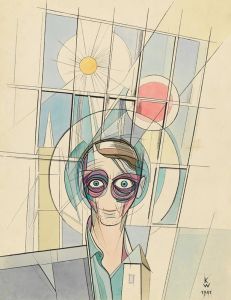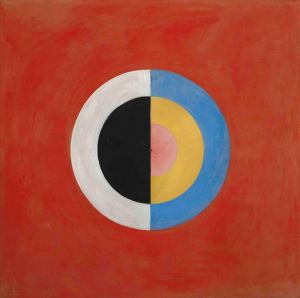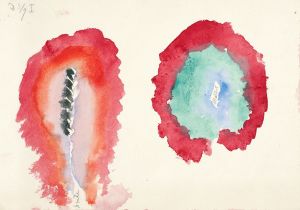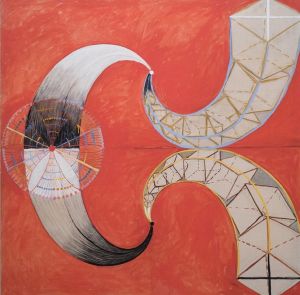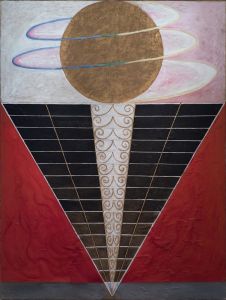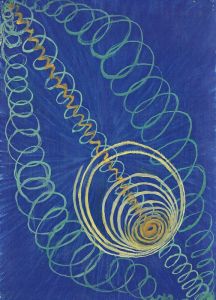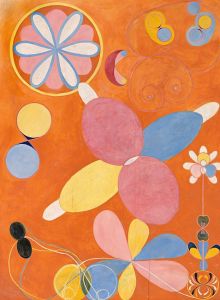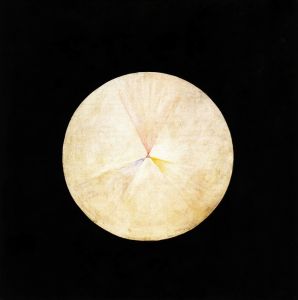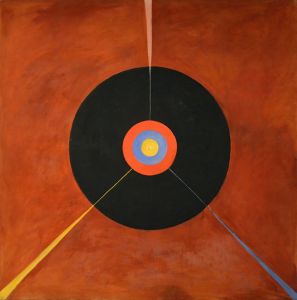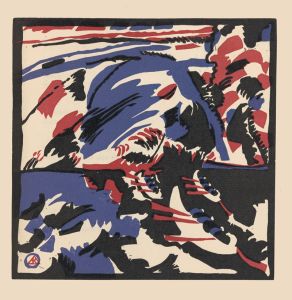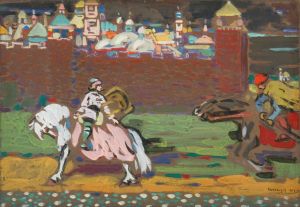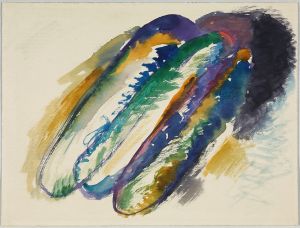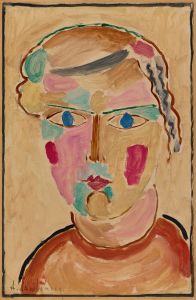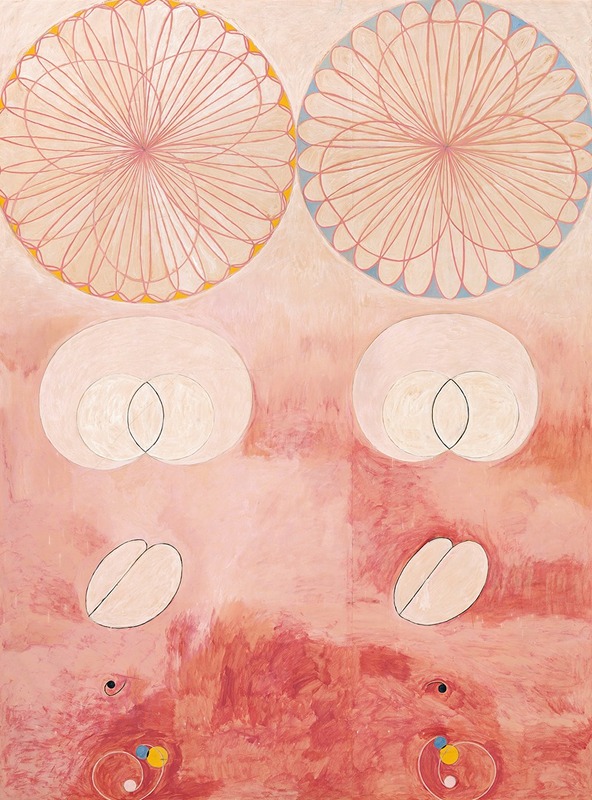
The Ten Largest, No. 9, Old Age
A hand-painted replica of Hilma af Klint’s masterpiece The Ten Largest, No. 9, Old Age, meticulously crafted by professional artists to capture the true essence of the original. Each piece is created with museum-quality canvas and rare mineral pigments, carefully painted by experienced artists with delicate brushstrokes and rich, layered colors to perfectly recreate the texture of the original artwork. Unlike machine-printed reproductions, this hand-painted version brings the painting to life, infused with the artist’s emotions and skill in every stroke. Whether for personal collection or home decoration, it instantly elevates the artistic atmosphere of any space.
"The Ten Largest, No. 9, Old Age" is a painting by Swedish artist Hilma af Klint, part of her monumental series "The Ten Largest," which is a subset of a larger body of work called "Paintings for the Temple." Created between 1907 and 1908, this series is considered one of the earliest examples of abstract art, preceding the recognized pioneers of abstraction such as Wassily Kandinsky, Kazimir Malevich, and Piet Mondrian.
Hilma af Klint was a trailblazer in the art world, working in a style that was not widely recognized or appreciated during her lifetime. Born in 1862 in Stockholm, Sweden, she studied at the Royal Academy of Fine Arts in Stockholm, where she was trained in traditional art forms. However, her work took a radical turn as she became involved in spiritualism and Theosophy, which greatly influenced her artistic direction. Af Klint believed that her paintings were guided by spiritual forces, and she often referred to herself as a medium through which these forces communicated.
"The Ten Largest" series is a profound exploration of the human life cycle, divided into ten large-scale paintings, each representing different stages of life. "No. 9, Old Age" is the penultimate piece in this series, symbolizing the later stages of life. The painting is notable for its vibrant colors, dynamic forms, and symbolic motifs, which are characteristic of af Klint's abstract style. The use of swirling shapes and organic forms in "Old Age" suggests a sense of movement and transformation, reflecting the artist's interest in the spiritual and metaphysical aspects of existence.
Af Klint's work remained largely unknown to the public for many years, as she stipulated that her paintings should not be shown until at least 20 years after her death, believing that the world was not ready to understand them. It wasn't until the late 20th century that her contributions to abstract art began to be recognized, leading to a reevaluation of her place in art history. Today, Hilma af Klint is celebrated as a pioneer of abstract art, and her work is exhibited in major museums and galleries worldwide.
"The Ten Largest, No. 9, Old Age" is housed in the Moderna Museet in Stockholm, which holds a significant collection of af Klint's works. The painting, like others in the series, is large in scale, measuring over three meters in height, which adds to its imposing presence and impact. The series as a whole challenges conventional narratives of art history and highlights the innovative spirit of af Klint's practice.
In recent years, there has been a growing interest in af Klint's work, leading to major exhibitions and scholarly research that continue to shed light on her unique contributions to art. Her paintings are now seen as a crucial link in the development of abstract art, offering a fresh perspective on the evolution of modern art and the role of women artists in shaping its trajectory.





